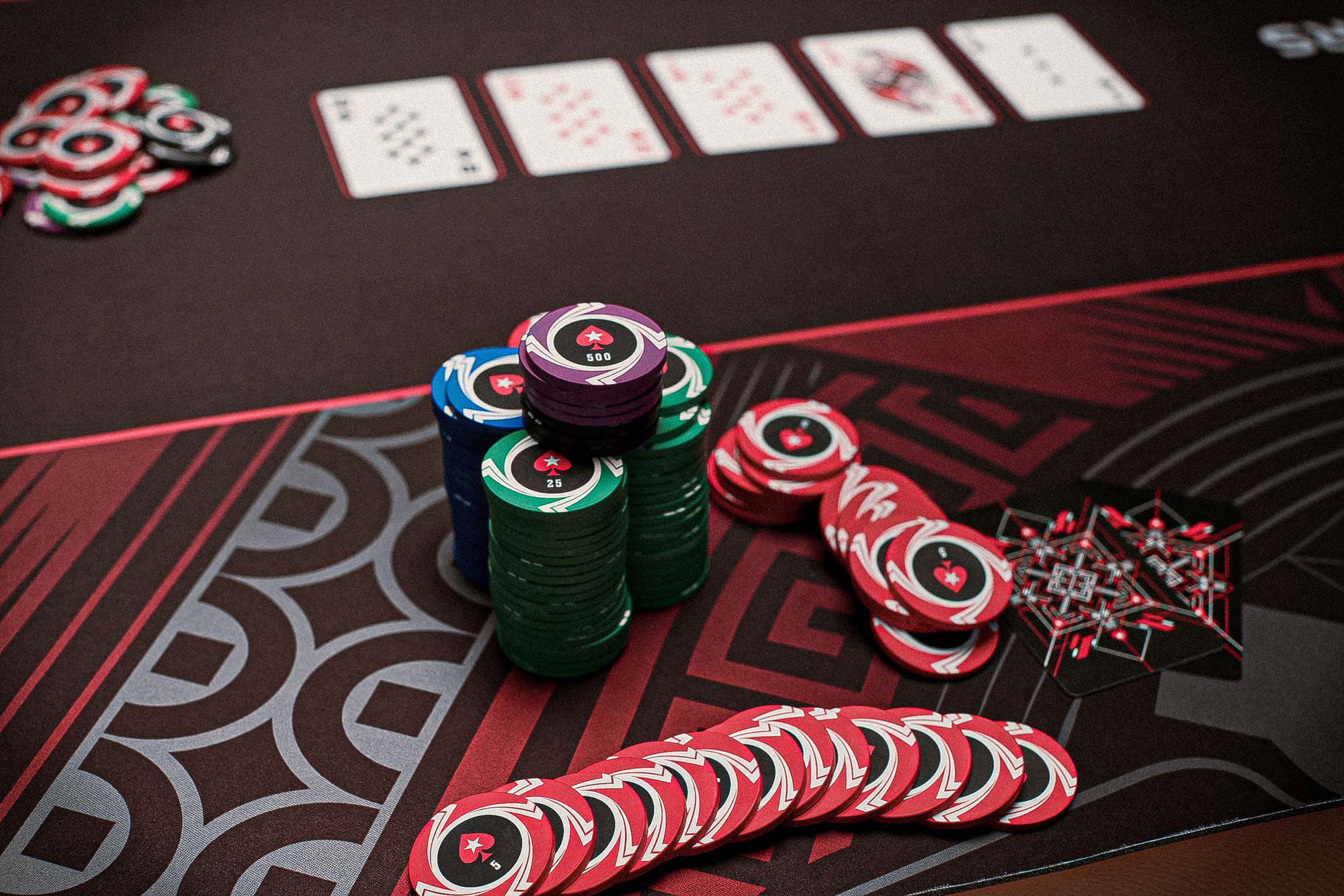Considering Stacksizes
The “bubble” is the stage of a tournament when there is one more player left in than places paid. In a standard single table tournament (STT), the first three places earn a slice of the prize-money, therefore the bubble occurs when four players remain. The next player eliminated goes out “on the bubble”, leaving with nothing.
It is crucial to play this stage well, because it determines not only whether you win any money, but also plays a part in determining how much. Once the bubble has burst, all remaining players will make some return on their investment.
Tighten up your calls
Play tends to tighten up on the bubble, as players know that the next one eliminated will leave with nothing. Often, if one player pushes all in everyone else folds. As a result, you should tighten up your calls, as calling an all in bet and losing could mean the end of your tournament. It also means your opponents gain a free ride into the money without risking anything – not a scenario you should create for them.
Push more frequently when first into a pot
This is a logical consequence of the previous point. You can exploit the tendency of your opponents to tighten up by pushing all in with a wider range of hands. You will be able to steal the blinds and antes, therefore keeping your chip stack from blinding away.


Be more aggressive if you are the big stack
There are several natural advantages in being the big stack, especially on the bubble. You can’t bust in a single pot so you can be aggressive with a wider range of hands. You’re not risking as much as a medium or short stack, so you can take a hit and still play on in the tournament.
You have your opponents covered, so they will have to cope with a threat to their tournament life every time they get involved in a pot with you. They will be less inclined to do so with anything but a strong hand, and you can exploit this.
Tighten up your pushes against big stacks
While you should be moving all in with quite a few hands on the bubble, be more selective when you push against a big stack. With his dominant chip position, the big stack can afford to call with a wider range of hands so your risk of busting is significantly higher than against a medium stack.
Attack the closest in chips
When you are short on chips, indentify the player with the most similar chip stack to your own and focus your aggression on him. You will create a “him-or-me” situation and gain maximum value if you win an all in confrontation. In contrast, if you win an all in against a big stack who has you well covered, you are not rewarded with a place in the money. You get the double up, but there are still four players left and the battle of the bubble goes on.
Considering stack sizes on the bubble
The size of the players’ stacks matters more during the bubble period than it does at perhaps any other time in a STT. You should base your strategy on the size of your stack and the stacks of those around you.
Big stack: If you are the big stack, you should be at pains to avoid confrontation with any player with a similar stack size. Don’t put in a lot of chips against the other big stack unless you have the nuts, or very close to it.
Medium stack: As a medium stack, you need to watch the bigger stacks. If all the bigger stacks have folded, act like a big stack yourself. If someone who has you covered is still in, tighten up three categories in the cut-off and two categories on the button when pushing all in. You can also act like a big stack if you are calling a shorter stack and there’s not much chance of a bigger stack calling too. But be very careful if you are thinking about calling a bigger stack’s all in.
Short stack: As the short stack, act like a medium stack when moving all in, but call like a big stack. If you get really short, with fewer than three big blinds for instance, push all in on any two cards whenever you are in a blind.


